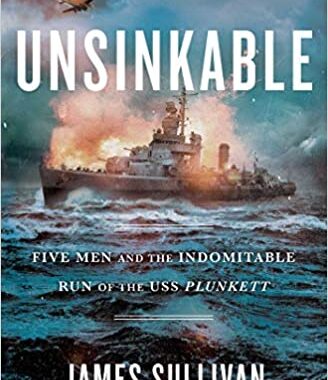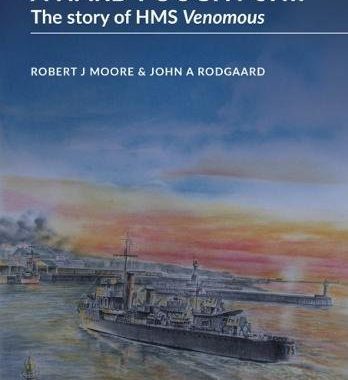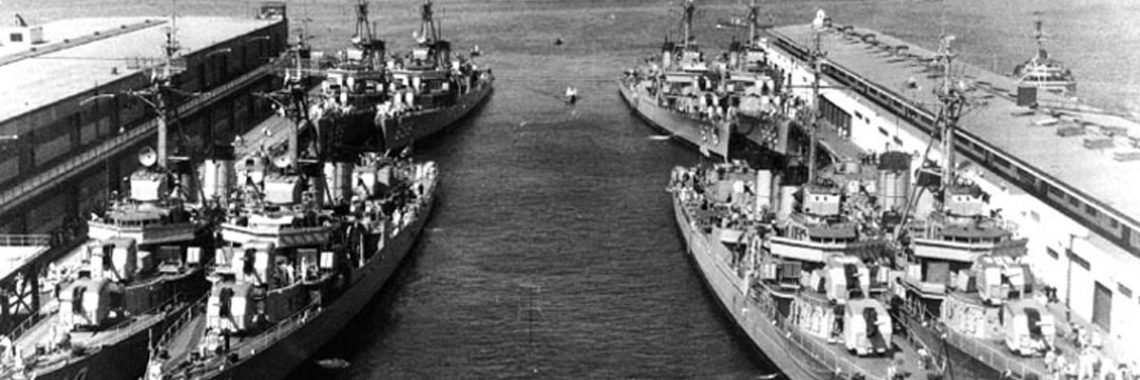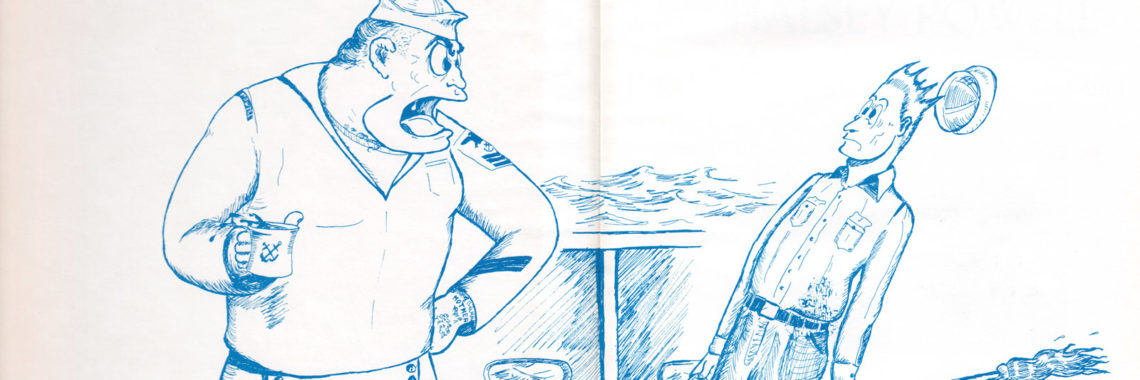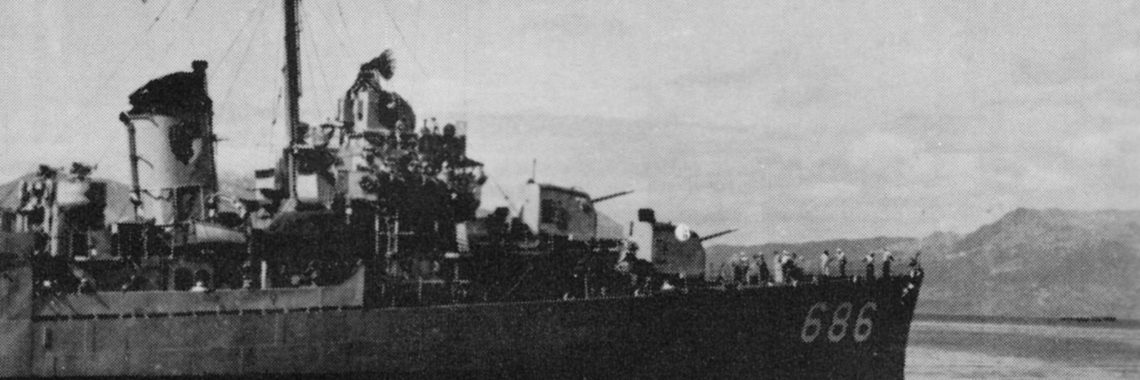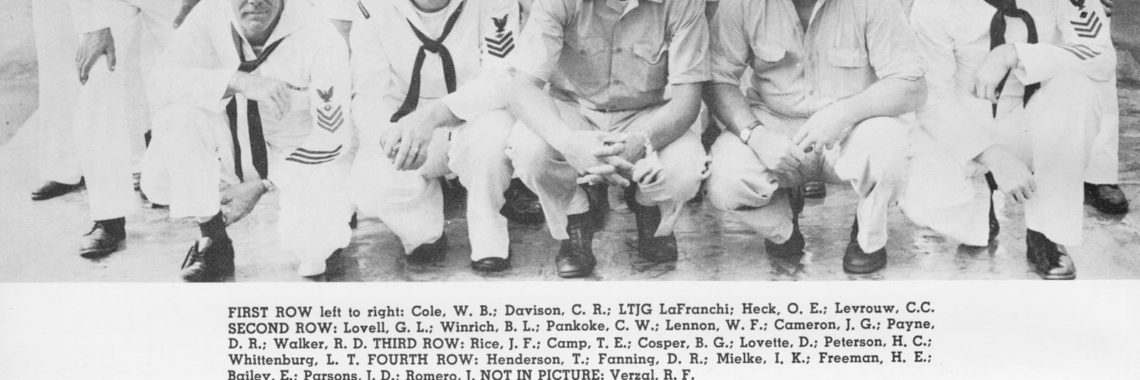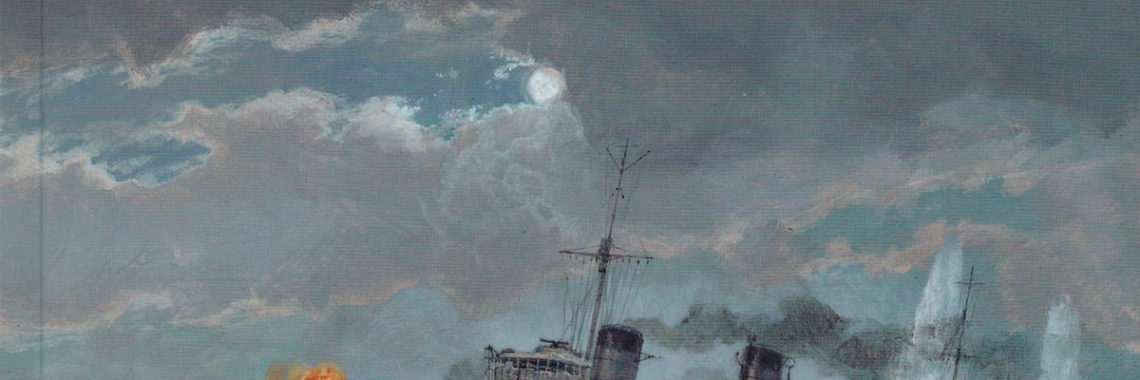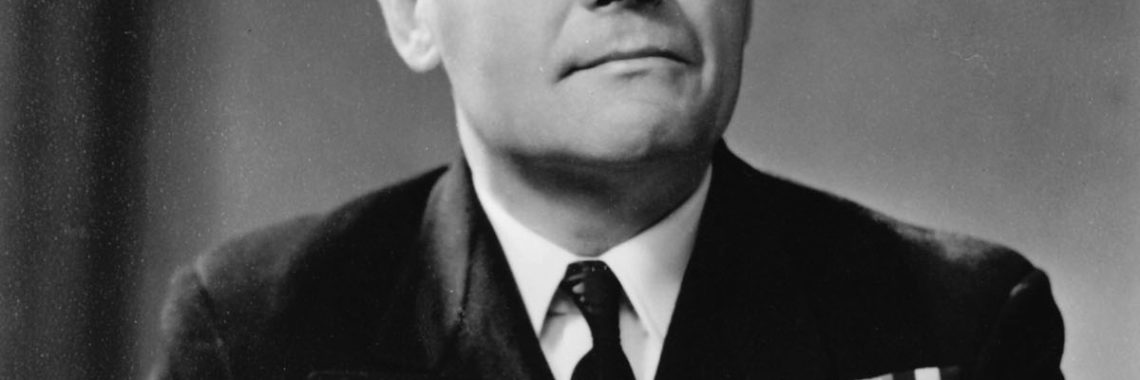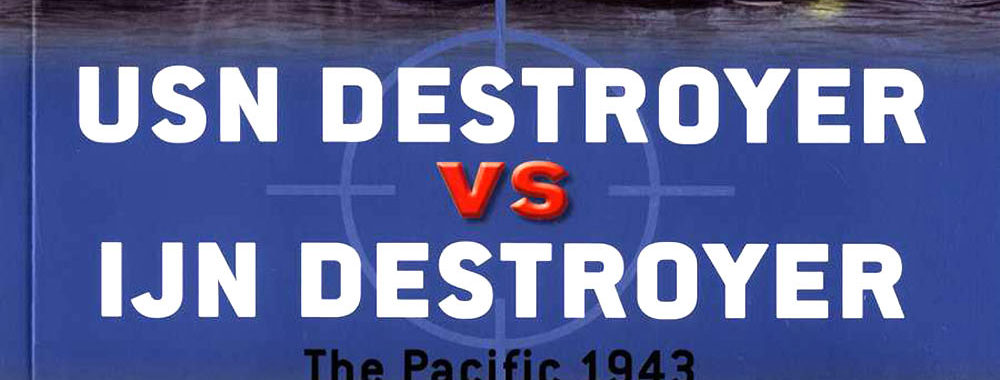Unsinkable: Five Men and the Indomitable Run of the USS Plunkett
Reviewed by Lt. Col. Andrew D. Dausman, USMCR In Unsinkable, James Sullivan delivers a comprehensive account of USS Plunkett during World War II (WWII). A Gleaves-class destroyer, Plunkett saw action in North Africa, Sicily, Salerno, Anzio, Omaha Beach, and the Allied invasion of Southern France. According to Sullivan, Plunkett is one of the few, perhaps

